Flower Meanings
Flowering Dogwood
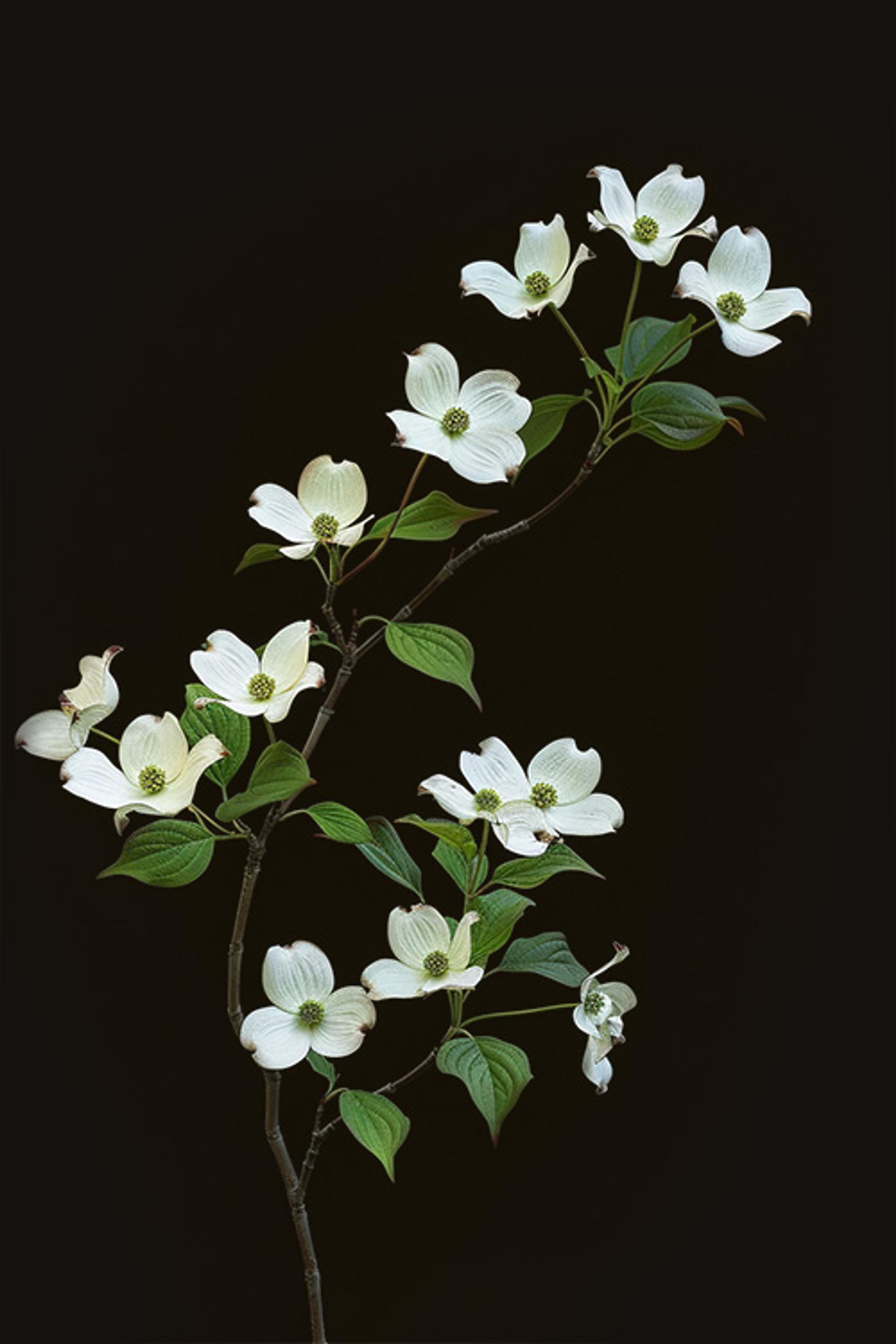

The Meaning of Flowering Dogwoods
While not the most common flowering tree among us, there is a LOT of symbolism and mythology behind the flowering dogwood.
One of the most significant symbolic references to the dogwood is most popular among those of the Christian faith. None of the dogwood species that are currently growing today are native to the Middle East, where Christianity first developed; however, this religious symbolism is still applied to all varieties of dogwood.
Just to name a few:
- Rebirth and resurrection, particularly with references to Jesus Christ
- Pity and regret over a specific decision or situation beyond your control
- Durability and reliability
- Strength and resilience
- Purity, especially in a religious or spiritual sense
- A sign of affection for someone who may not reciprocate it.
Aside from the many Christian references, during the Victorian era, it was common for a bachelor to offer a dogwood flower sprig to a woman he had strong feelings or affection for and would then wait for her response. If the sprig was returned, it would mean the feelings were not reciprocated, and he was back to square one. If the woman kept the flower sprig, it meant she too was interested.
The dogwood flower also represented reliability and durability in the Victorian era, due to the strength of the wood. [1] Perhaps this also was believed to translate to the relationships that began with such a gift as well!
Dogwood Color Meanings
While the dogwood only grows in a few colors, that doesn’t mean each color doesn’t have a different meaning!
Check it out:
- White: While most dogwoods are white in color with rusty red spots throughout, and the white definitely represents purity, many Christians believe the red sports to symbolize the marks of Crucifixion because of their resemblance to blood.
- Pink & Dark Red: Carry the symbol of love and passion, especially throughout the Victorian era. [1]
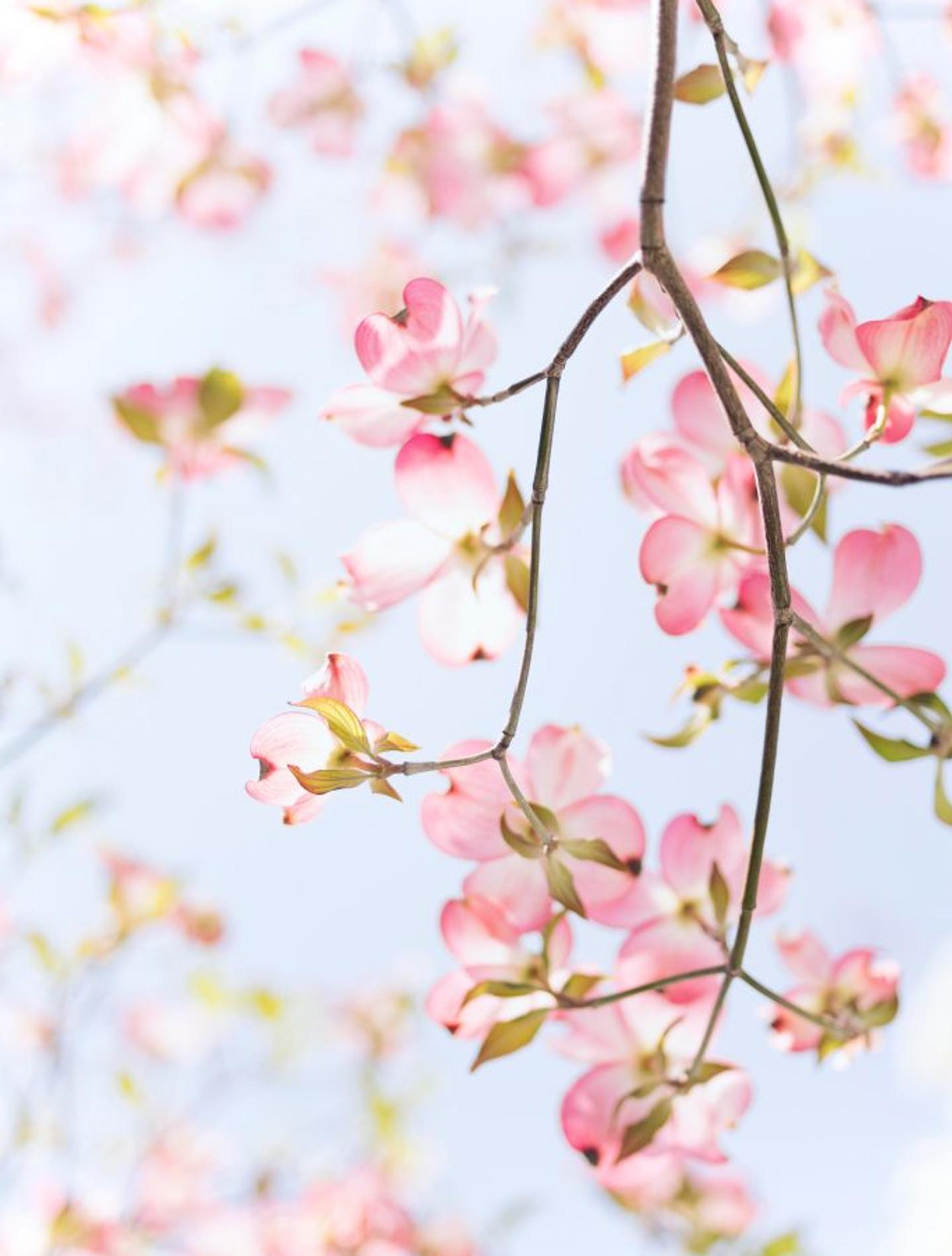
"To see a hillside white with dogwood bloom is to know a particular ecstasy of beauty, but to walk the gray Winter woods and find the buds which will resurrect that beauty in another May is to partake of continuity."
Hal Borland
The History of the Flowering Dogwood
In the flowering dogwood’s biological name: Cornus florida – Cornus comes from the word “cornu,” which means “horn” and refers to the tree’s hard-wood. Florida is from the Latin “flos,” which means “flower” in reference to their showy flowers.
Their common name: dogwood, comes from a colonial description of the fruit as edible but not fit for a dog. It is also believed to come from the use of the wood for skewers or “dogs.” [2]
Way before Americans made their way to North America, the flowering dogwoods were here, blooming every single spring at the edges of the woodlands.
The tale of the dogwood begins about two thousand years ago in Israel. If you were to venture up into the forests during this time, you would have seen plenty of sturdy oak trees, cedars, walnuts, and more. But there was one true prized tree of the time, and that was the dogwood. Back then, the dogwood didn’t have the fruits and flowers of today’s dogwoods. But it was incredibly tall, taller even than the mighty oak. The dogwoods wood was strong, hard, fine-grained, and very easy to work with. As you can probably imagine, they were in high demand.
If you’re familiar with Christian tradition, you probably know that this time was also the time in which Jesus was being sentenced to death by Crucifixion. It is said that the tree used to fashion His cross was none other than the famed dogwood.
As Jesus was taken down from the cross and placed in a tomb, we know that three days later, he rose from the dead and ascended into heaven. However, at the same time, the dogwoods in the forest are said to have burst into bloom and continue to do so right around Easter, the celebration of Jesus’ resurrection. [3]
DID YOU KNOW - Flowering Dogwood Fun Fact
Flowering dogwoods produce red fruit in the autumn & winter. It’s also the state flower of North Carolina! [4]

How to Grow Flowering Dogwoods
Flowering dogwoods range in color from white to pink or red and usually will bloom for about 2-4 weeks in the early spring. But that’s not all! They will add beautiful green foliage to any landscape throughout the spring and fall, and bright red berries in the wintertime.
In their natural habitat, dogwoods are usually surrounded and protected by other trees, so when caring for your own, you should be sure you plant your tree in a good spot. The edge of wooded areas or in groups is usually best.
They can be grown in either the sun or the shade; however, they do what when planted in partial shade. Well-draining, humus-rich soil that is slightly acidic also tends to be best for these blooming beauties.
Container-grown trees can be planted at any time of year as long as they are watered regularly. Plant your tree about two-thirds the depth of its root ball. Mound the soil around the sides of the rootball, not directly over the top, as this should be left slightly above ground level.
Most dogwoods require a fair amount of water throughout the summer and fall, especially hotter days or dry spells. Water once a week to a depth of about 6 inches.
Pro Tip: Adding a layer of mulch will help to retain moisture and minimize watering.
Once your dogwood becomes established, it will pretty much be self-sufficient as long as it is planted in the proper conditions and location! [5]
Get your dogwood on!
DID YOU KNOW - Flowering Dogwood Fun Fact
According to legend, when Jesus Christ was crucified on a dogwood cross, afterwards God declare that dogwoods would never again grow tall enough for the construction of crucifixion crosses. [4]
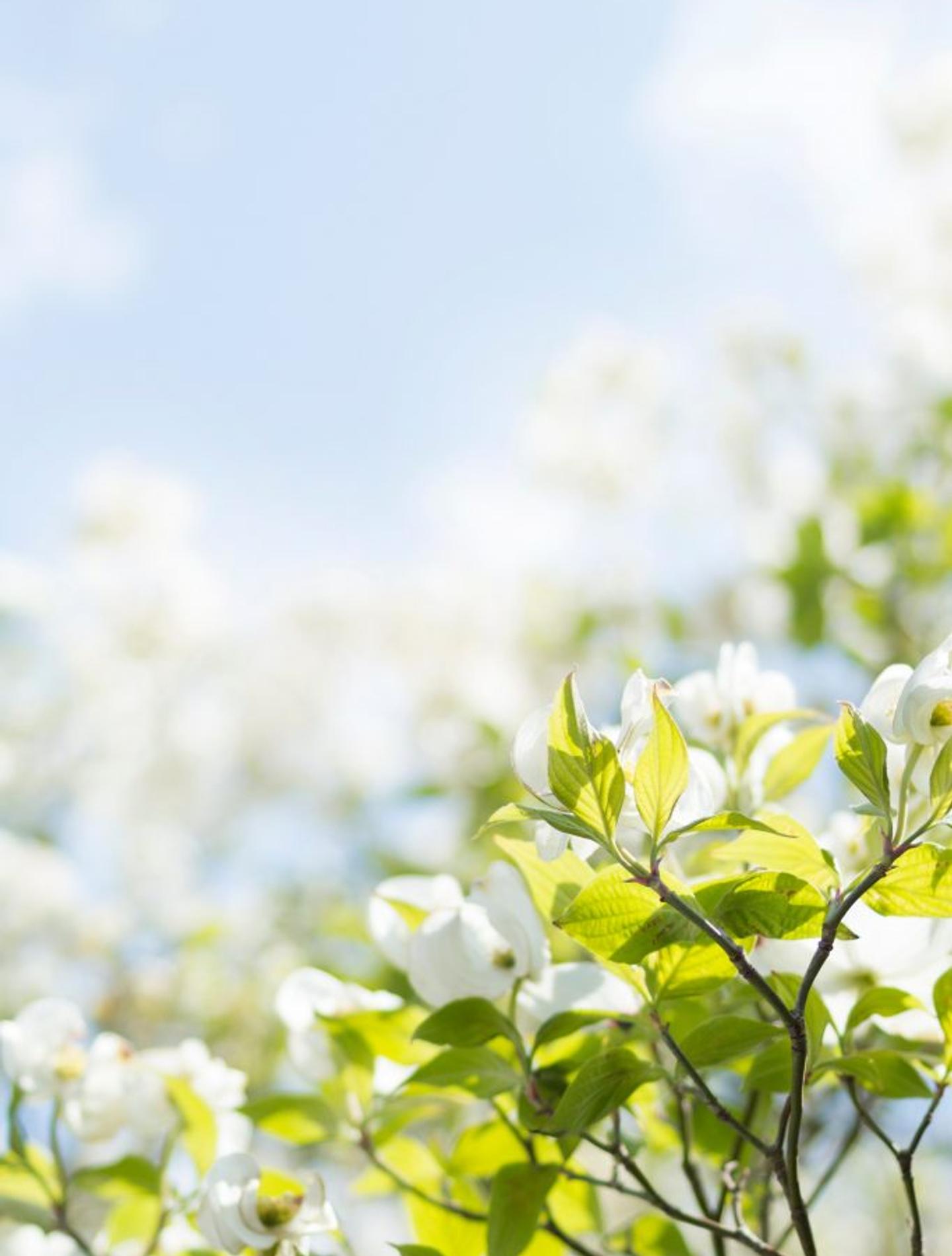
How to Care for Flowering Dogwoods
If you want to bring a few branches of dogwood inside (because who wouldn’t?), here are a few tips to make sure your blooms thrive as soon as they hit the vase.
Keep in mind; dogwoods can often be forced into bloom when brought inside during early spring. [6]
When cutting, look out for branches with fat flower buds, and use sharp shears to make a cut flush with an adjacent branch.
Once you bring your branches inside, make a 1-2 inch slit in the bottom of each stem with a sharp knife, and smash the slits with a hammer. This will prevent resin from sealing the cut end and allow water to penetrate each branch.
Next, you’re going to remove any lower buds and set the branches in a deep bucket of lukewarm water, keeping any remaining buds above the water line for a few hours. This washes off any extra bark-bits and allows the branches to acclimate to indoor air.
After they’ve soaked a bit, transfer them into a vase with at least 6 inches of lukewarm water.
Store your branches in a cooler room and away from bright light, so they don’t wither. Change the water daily until the buds begin to show color.
Then bring them out into brighter light (not direct sun) and enjoy! [7]
When to Send Flowering Dogwoods as a Gift
Due to their strong Christian symbolism, dogwoods are the perfect gift for a Baptism, First Communion, Confirmation, Easter, or other Christian holidays and celebrations. Dogwoods are also commonly given as an offering of condolences after the death of a loved one. [1]

References:
- 1 - flowermeaning.com
- 2 - Bernheim
- 3 - Bower and Branch
- 4 - Facts.net
- 5 - Gardening Know How
- 6 - Chicago Botanic
- 7 - Woman’s Day
Flower Meanings — keep discovering

Dahlia
Anyone can identify a dahlia. Their look is completely unique and they provide one of the most spectacular blooms in the flower kingdom. They come in countless sizes and colors, but each is distinct with their spike-like petals and vibrant colors. They start blooming in early summer and will keep growing all the way through autumn!
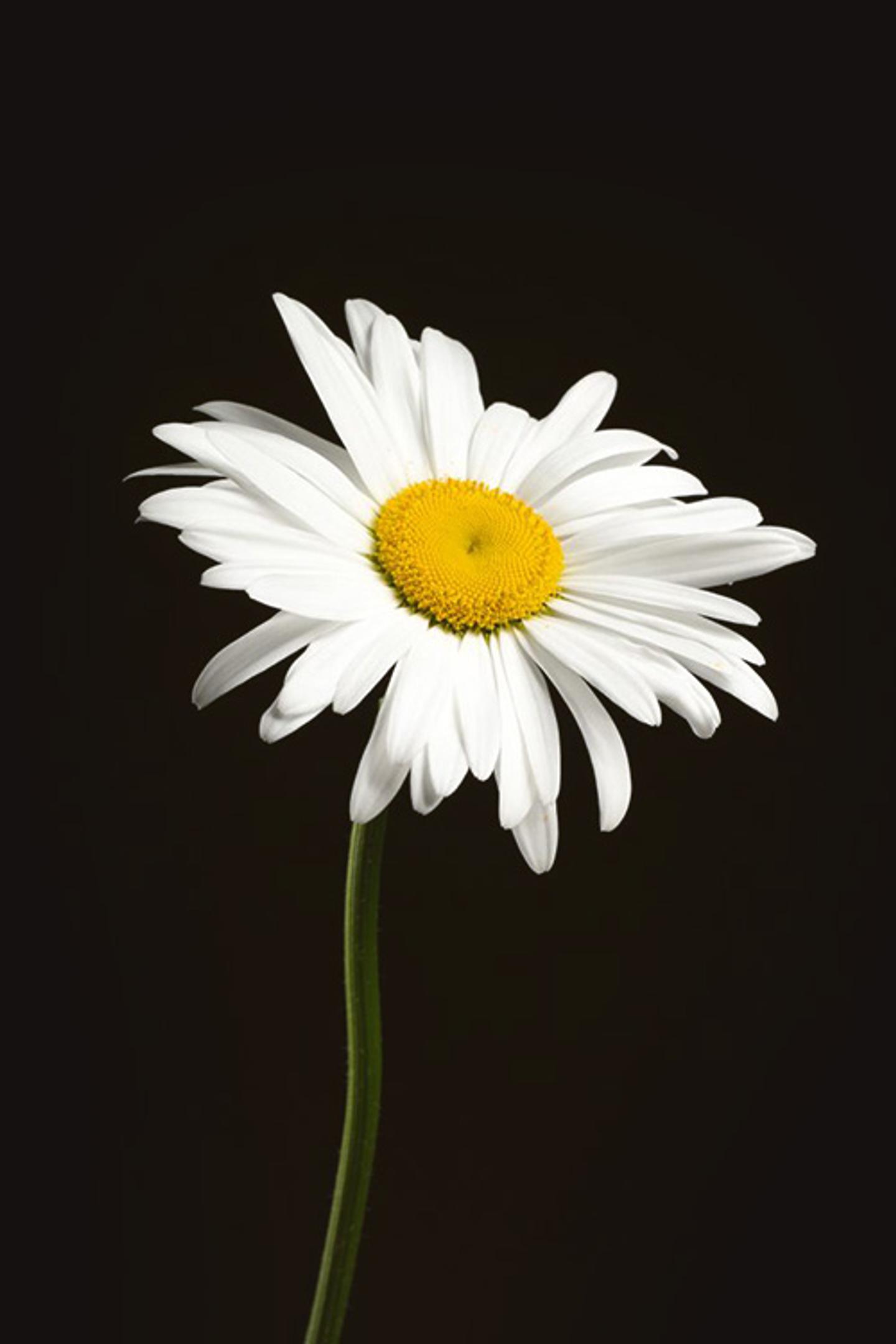
Daisy
Who doesn’t love daisies? These beautiful sunny blooms are classy, simple, and the perfect flower for any occasion.
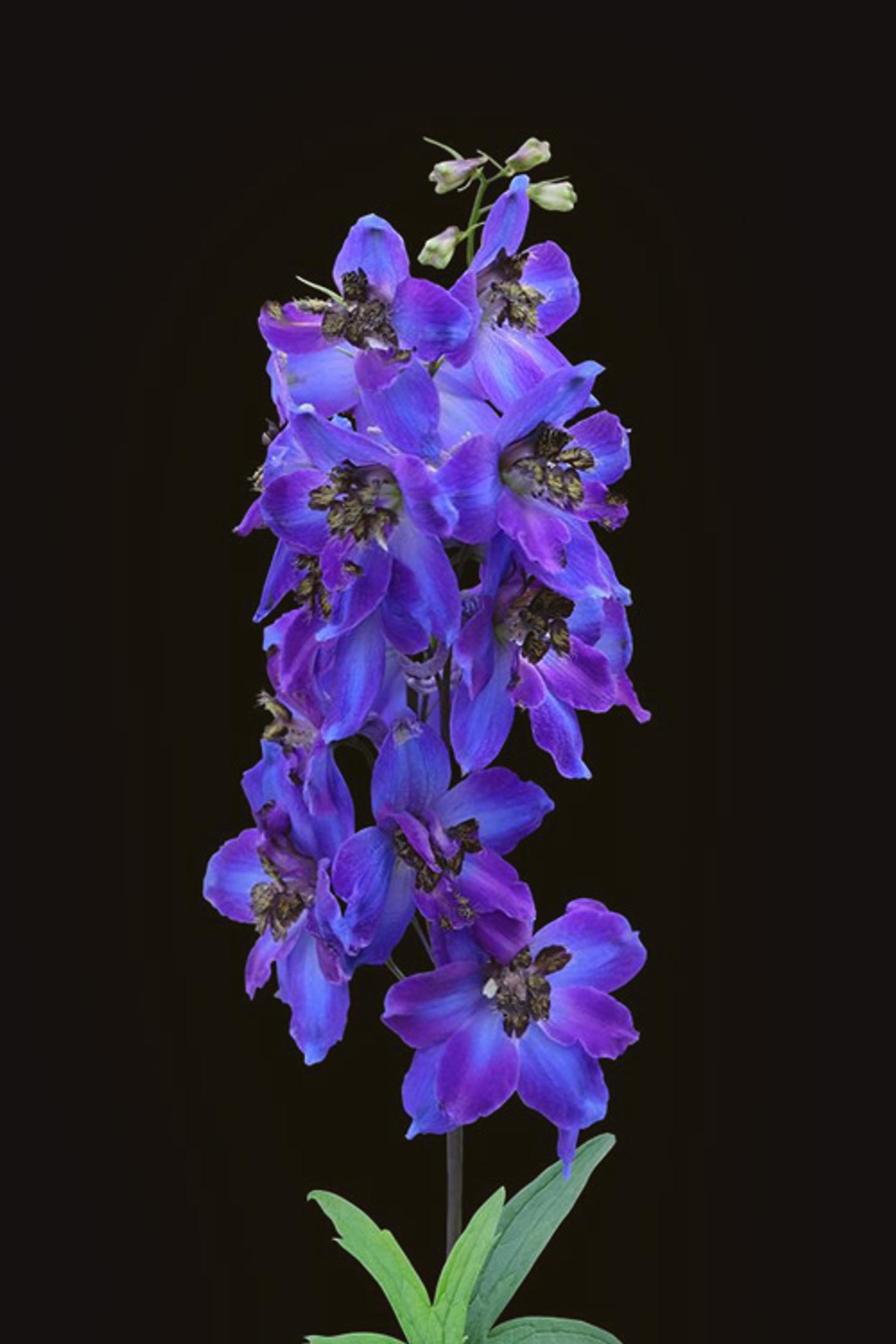
Delphinium
Delphiniums are perennials with sensational spikes of color. They’re summer flowers, and you’ve probably seen them in blue, pink, white, and purple, usually around cottages.
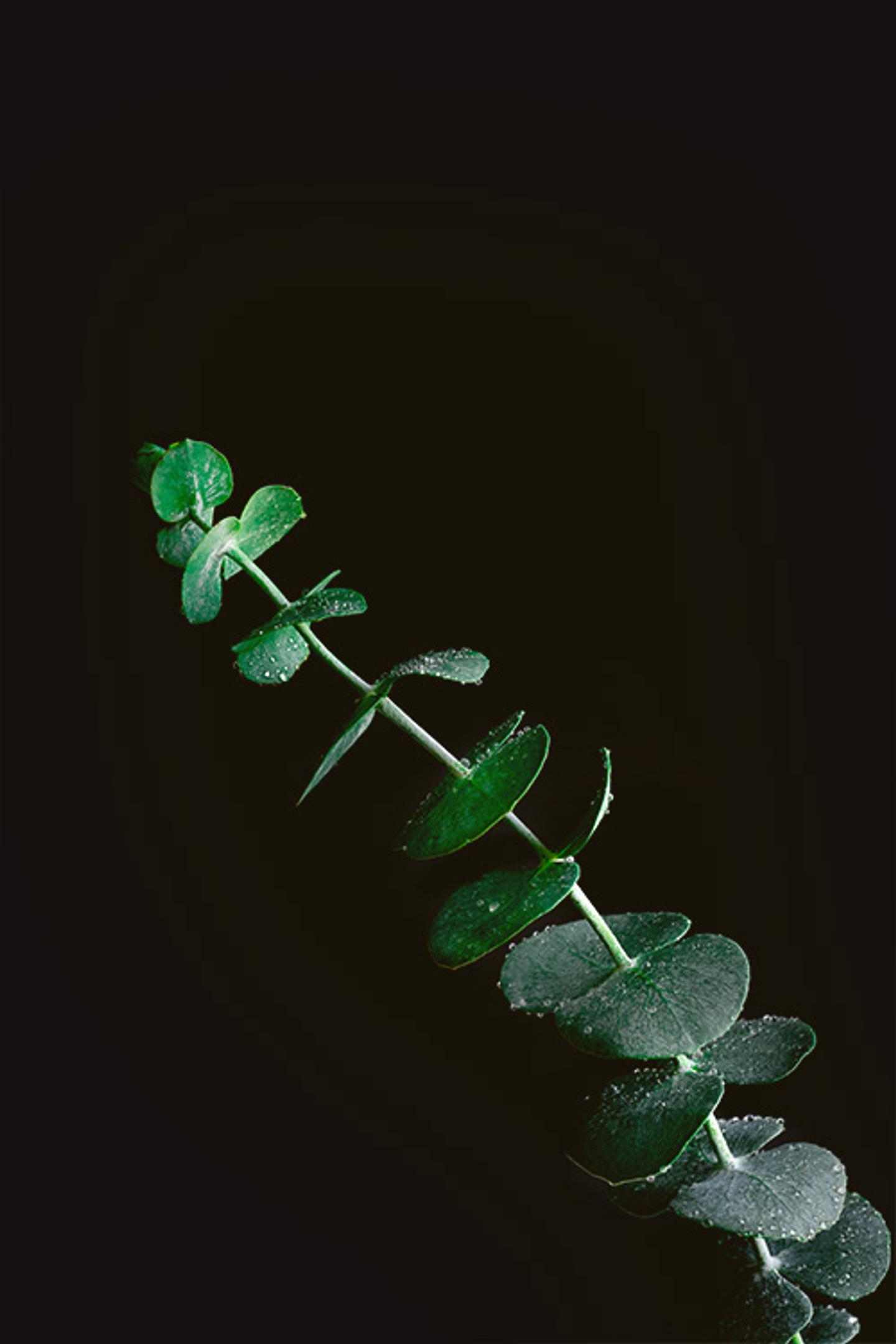
Eucalyptus
Whether you like them in the form of your favorite oil pouring out of a defuser on a relaxing night in, a calming perfume, a silky smooth sleepy-time lotion, or standing tall in a vase in your kitchen, who doesn’t love eucalyptus!?

Dahlia
Anyone can identify a dahlia. Their look is completely unique and they provide one of the most spectacular blooms in the flower kingdom. They come in countless sizes and colors, but each is distinct with their spike-like petals and vibrant colors. They start blooming in early summer and will keep growing all the way through autumn!

Daisy
Who doesn’t love daisies? These beautiful sunny blooms are classy, simple, and the perfect flower for any occasion.

Delphinium
Delphiniums are perennials with sensational spikes of color. They’re summer flowers, and you’ve probably seen them in blue, pink, white, and purple, usually around cottages.

Eucalyptus
Whether you like them in the form of your favorite oil pouring out of a defuser on a relaxing night in, a calming perfume, a silky smooth sleepy-time lotion, or standing tall in a vase in your kitchen, who doesn’t love eucalyptus!?
Ready to send beautiful flowers?
Our guided experience helps you send a one-of-a-kind arrangement perfect for every occasion.
Send Flowers